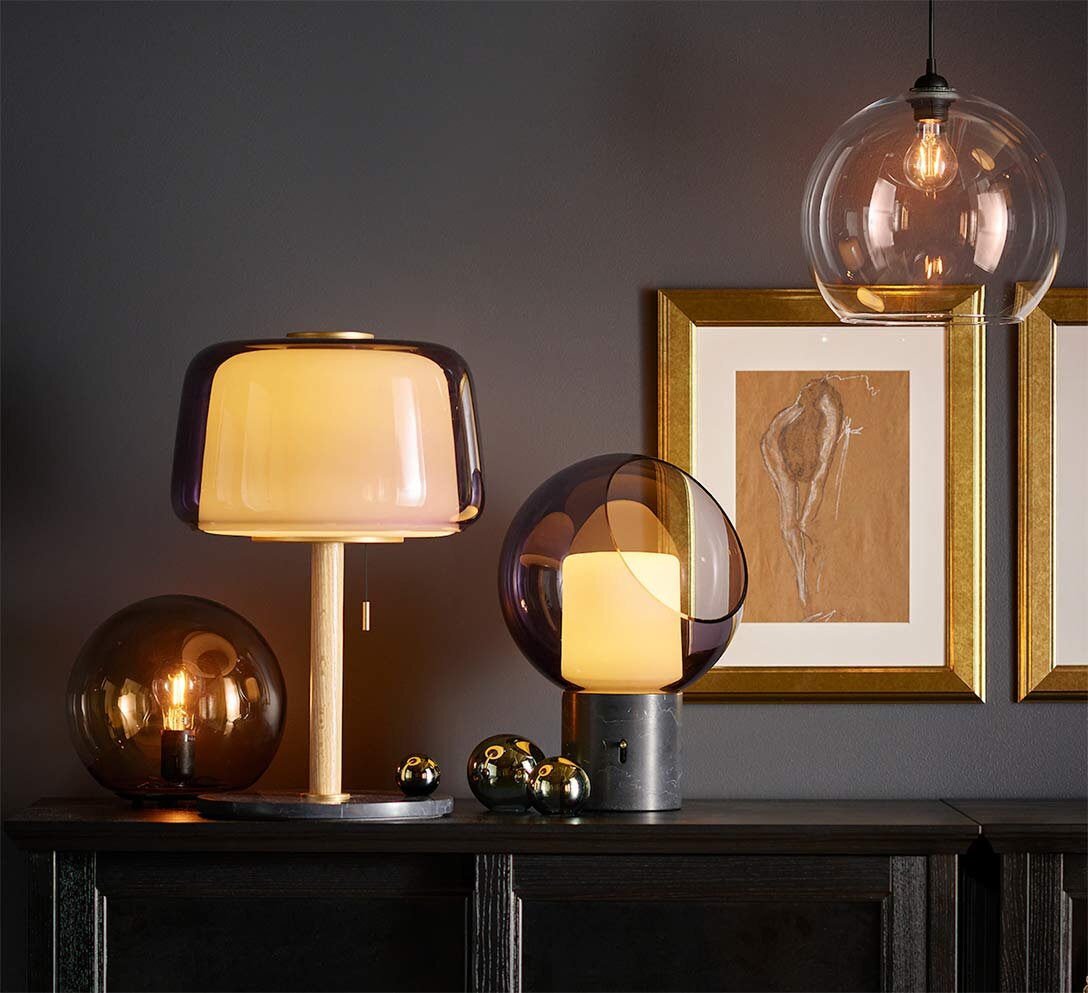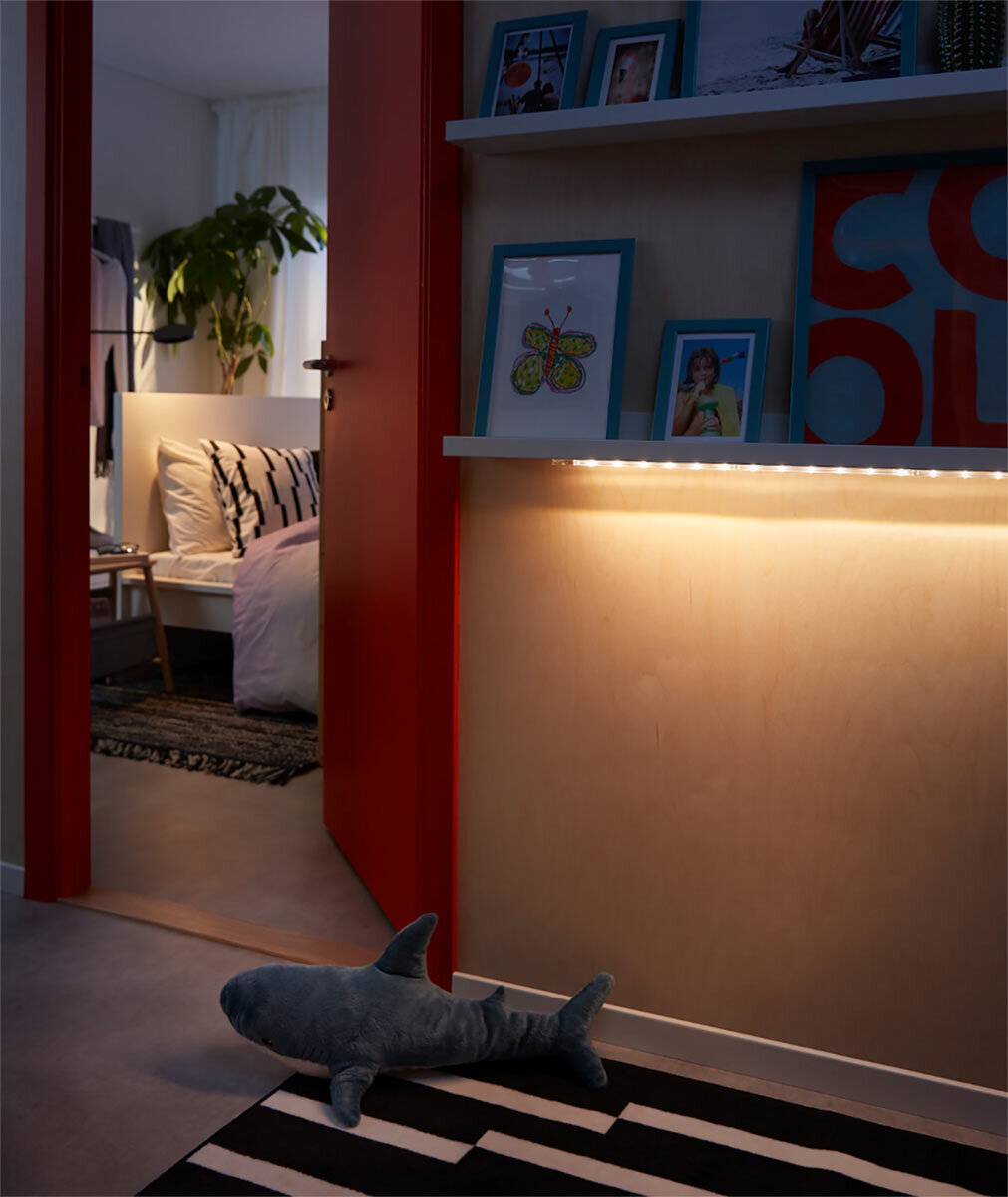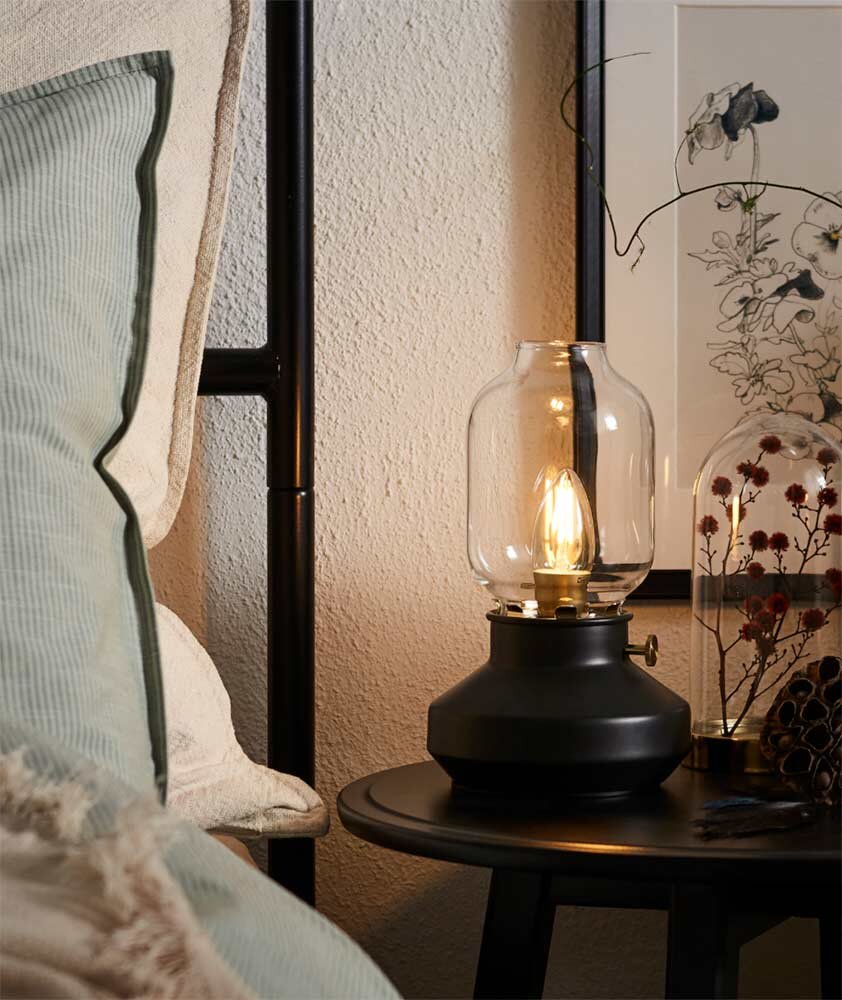Save $145 a year – Lighting and electronics
About 5% of an average energy bill goes towards lighting. Home electronics - like phones, computers, and TVs - account for about 20%. According to ENERGY STAR, electronics stand out as the fastest growing part of most Americans’ energy bills. In this article, we’ll review two of the most cost effective things you can do to save on energy bills: Install LEDs and use advanced power strips (APS).
Install LED Lights
Pretty straightforward here. If you’re not using high efficiency LED bulbs, switch over to LEDs for significant savings. If you replace the 5 most frequently used light bulbs in your home with ENERGY STAR bulbs, the U.S. DOE estimates that you’ll save about $45 a year. Your kitchen is a great place to start.
Some people object to the color of light and lighting levels produced by LEDs.. We would encourage these people to take a closer look at the latest LED technology. LEDs have come a long way and offer a huge range of options for color temperature and lighting levels - totally consistent with what you would expect from traditional incandescents.
For LED design inspiration, check out this post from IKEA: Four ways to set the right mood with LED lights
The trouble with incandescent bulbs is that they lose about 90% of theiir energy as heat. That’s a huge amount of wasted energy over time. By comparison, LED bulbs use up to 80% less energy and last up to 25 times longer. Hands down, way better.
By 2027, widespread use of LEDs in the U.S. would save enough energy to offset the annual electrical output of 44 large electric plants. That translates to a total savings of $30 billion at today’s electricity rates.
To save even more with your LEDs:
Consider installing dimmer switches. Just make sure the dimmers are compatible with LED bulbs.
If you have a smart home assistant like Alexa or Google Assistant, set a Leaving Home routine that switches your home into energy-saving mode. All you have to say is, “I’m leaving” or whatever else you program, then the smart assistant will turn off your lights and appliances while adjusting your thermostat. Learn more in this article from Constellation: 6 Essential Routines for Smart-Home Assistants
Electronics
Use Advanced Power Strips (APS)
Since this article focuses on no and low cost strategies to reduce energy, we’re not going into detail about the importance of choosing energy efficient appliances and electronics. This is important though. When it’s time to replace your electronics or appliances, look for the ENERGY STAR label.
One inexpensive thing you can do: Group your electronics together on advanced power strips (APS). The U.S. DOE estimates that APS save up to $100 per year by reducing electricity waste when devices are idle.
Electronics continue to draw power even when they’re switched off. This is called a “vampire load.” The energy that Americans waste on electronics each year is enough to power 11,000,000 homes.
APS look like ordinary power strips, but they have built-in features that enable them to shut off power to devices that aren’t in use. To handle different types of electronics, there are different types of APS - like ones with motion sensors or ones that turn off peripheral devices when a primary device shuts down.
This graphic from the National Renewable Energy Laboratory (NREL) gives a great overview of what to consider when choosing APS for your entertainment center and home office.
Which Advanced Power Strip is Right for Me?






